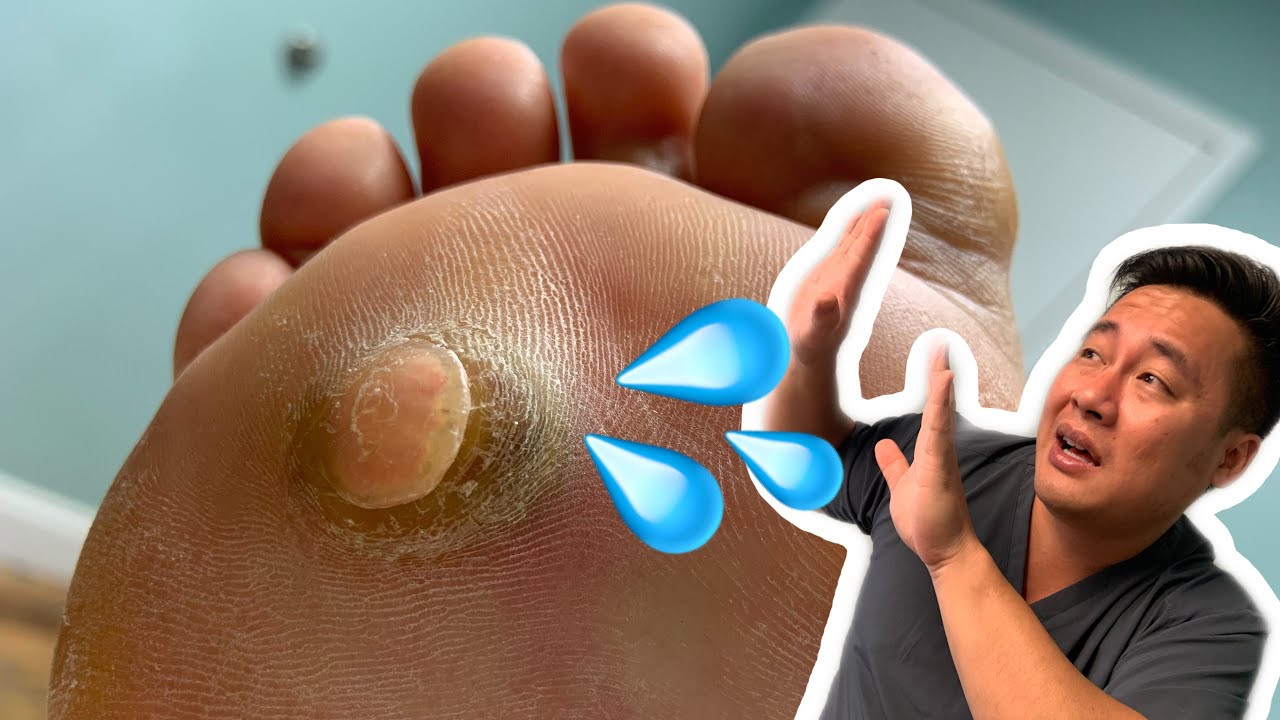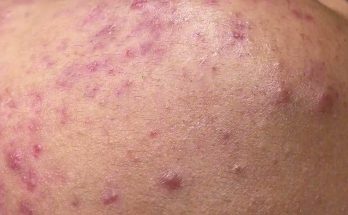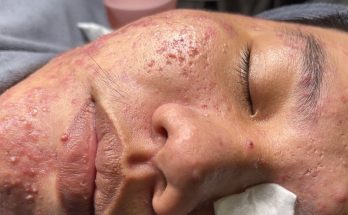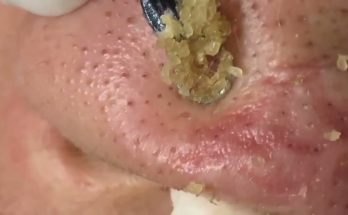
here video
Warts: 10 Answers to Frequently Asked Questions
How Do You Get Warts?
Warts occur when the virus comes in contact with your skin and causes an infection. Warts are more likely to develop on broken skin, such as picked hangnails or areas nicked by shaving, because the virus is able to enter the top layer of skin through scratches or cuts.
While dermatologists still don’t know why, certain people are more likely to get warts than others. Additionally, children get warts much more often than adults, because their immune systems have not yet built up their defenses against the numerous types of human papillomavirus that exist.
Are Warts Contagious?
Unfortunately, yes. You can get warts from touching a wart on someone else’s body, or by coming in contact with surfaces that touched someone’s warts, such as towels or bathmats.
Can I Spread Warts From One Part of My Body to Another?
Yes, you can. For this reason, it is important not to pick at your warts and to wash your hands promptly and thoroughly any time you touch one of your warts. If you have warts in an area where you shave, keep in mind that shaving over the wart could transfer the virus to the razor and then spread it to other areas of your body.
Why Do Some Warts Have Black Dots in Them?
If you look closely, many skin warts contain a number of black dots that resemble little seeds. These specks are visible blood vessels that are supplying the wart with nutrients and oxygen.
Can Warts Be Prevented?
Though skin warts can’t be prevented, there are a number of precautionary measures you can take to minimize your risk of acquiring warts. One of the most important things you can do is to wash your hands regularly. Also, try to keep your skin healthy, moisturized, and free of cuts. If you bite your fingernails or cuticles, do your best to stop. Biting nails creates an opening for virus to enter your skin. Be careful to use clean, fresh towels at the gym or in other public locations, and always wear rubber-soled flip-flops or sandals in public locker rooms and showers.
Will Warts Go Away On Their Own?
Some warts will go away without treatment, others will not. Even those warts that eventually go away can take months, or even years, to disappear. Also, keep in mind that any wart can be a “mother” wart that spreads to other parts of your body. Most dermatologists say it is best to treat warts, either at home or in the doctor’s office, as soon as they appear.
When Do You Need to See a Doctor About Warts?
For common skin warts, many dermatologists agree that it’s perfectly fine to try over-the-counter wart treatments for a couple of months. If your warts don’t go away during that time, or if they get worse, it may be wise to seek medical attention. Dermatologists have a variety of wart treatment and removal techniques that are stronger and may work faster than commercially available products.
Also, remember that all warts can be “mother” warts that give rise to additional warts in your skin. So, the faster you remove the wart, the less likely it will spread.
What Are Some of the Most Effective At-Home Wart Treatments?
While at-home wart treatments can take weeks or months to work, salicylic acid plasters or solutions that peel away the wart can be very effective when used correctly. Be sure to follow directions carefully. Use a fresh pumice stone, emery board, or nail file to remove dead skin from the wart the day after each application of wart remover. Don’t use the file for any other purpose; it could spread the virus to another part of your body. And throw it away when the wart is gone.
People also use duct tape or clear nail polish to suffocate the virus, thereby removing the wart, although these treatments probably do not work any better than a placebo. Use duct tape like you would a wart-remover patch. Put a small strip over the wart and leave it in place for about six days. At the end of the sixth day, remove the tape, soak the wart in water and then gently debride it with a pumice stone, emery board, or nail file. Repeat the process as often as it takes to remove the wart.
Yet another option is a freeze spray where liquid butane is sprayed directly onto the wart to freeze and kill the tissue. This is generally only effective on smaller warts because the spray cannot get as cold or as deep as the freezing treatments you would get in your doctor’s office. It can also be fairly painful because the spray has to be applied to the wart directly for several seconds. You will likely develop a blister around the area. If it breaks, make sure to keep it clean with an anti-bacterial to prevent infection. The blister and the wart should disappear within a few days.
How Will a Doctor Treat My Warts?
It depends. Two quick options that do not cause too much discomfort are freezing the skin wart with liquid nitrogen or burning it off. In some instances, your dermatologist will use a laser to treat especially stubborn warts, although there is no evidence that this form of treatment works any better than other treatment options.
Doctors may also use a chemical called cantharidin on the wart, which causes a blister to form beneath the growth. When the skin on the top of the blister dies, it contains part of the wart and can be removed.
Other options include surgical removal of the wart and the injection or application of certain drugs that strengthen your immune system’s response to the wart.


